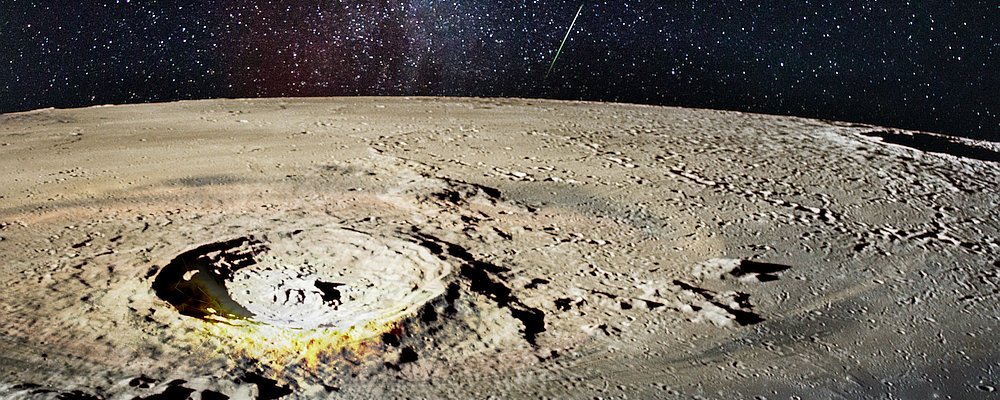Conundrum of new dates on moon basalts
Rocks returned from the U.S. Apollo and Russian Luna missions many years ago gave ‘dates’ of about 4 billion years for the lighter-coloured highland rocks. In their evolutionary framework, this is roughly when the moon formed.
The darker, large impact craters on the moon’s near side are believed to have formed not long after this. These are called ‘maria’ (Latin for ‘seas’) since they are filled with dark basalt (cooled lava), which flooded them with magma from underground, released by the impact as lava. Some of that basalt was also dated, but it gave ‘only’ 3.8 to 3.1 billion years.
This is a conundrum. One would expect that the basalt, which erupts quickly, would rapidly fill the crater soon after impact. From the dates, however, they were forced to assume that the eruptions continued, forming fresh basalt, for almost a billion years after the impact.
The conundrum has intensified since Chinese scientists recovered basalt rocks from the maria, part of an estimated 2,000 km3 that erupted from the moon’s mantle. They ‘dated’ it at around two billion years. This means that the eruptions must have continued for some two billion years after the impact. But how can that be? The moon’s small size means any internal heat would have long since cooled in that time, solidifying the magma. The moon’s mantle also has very few heat-producing radioactive elements, so radioactivity cannot be invoked as a solution.
The simple alternative is that the moon is young, as the Bible indicates.
- Che, X. et al., Age and composition of young basalts on the Moon, measured from samples returned by Chang’e-5, Science, 7 Oct 2021.
- Samec, R.G., On the origin of lunar maria, J. Creation 22(3):101–108, 2008; creation.com/lunar-maria.



Readers’ comments
Comments are automatically closed 14 days after publication.